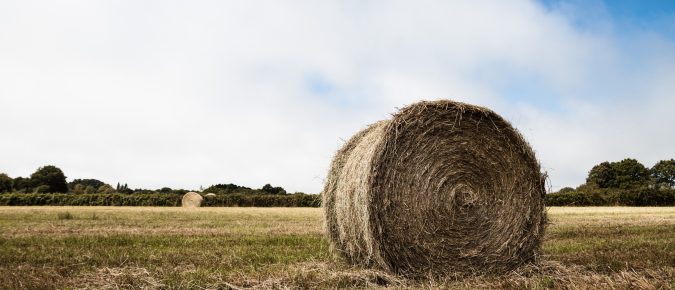Lactobacillus buchneri is a bacterial inoculant approved for use in grass silages, corn silage, legume silage and high moisture grains. Lactobacillus buchneri has been demonstrated to improve aerobic stability of silages by reducing the growth of yeasts.
Numerous forage testing laboratories evaluate forages, byproduct feeds and total mixed rations for neutral detergent fiber digestibility (NDFD). Evaluation of forages and other feedstuffs for NDFD is being conducted to aid prediction of feed energy content and animal performance.
Traditionally, heat damage in forages has been associated primarily with alterations in forage protein quality as a result of Maillard reactions. A Maillard reaction is a heat-induced chemical reaction between protein (amino acids) and sugars.
Much expense and time go into harvesting and storing good quality forage. You wouldn’t think of throwing away one third of this forage. However, this is what can happen without proper storage and feedout management. This fact sheet discusses storage feedout management strategies to help save valuable forage.
Ensiling is an important means to preserve forage quality. Although silage fermentation occurs naturally under anaerobic conditions due to the native bacteria on plants, the speed and efficiency of the fermentation (pH drop) is variable, depending on the numbers and types of lactic acid bacteria on the crop.
Many hay growers simply sell hay. They are selling a commodity to low bidders rather than developing a market for a product. Bringing factors other than price into the market such as forage quality, consideration of customer needs, prompt delivery, steady supply, and appreciation of business can increase value and salability of product.
Limited snow cover to go along with a very cold winter leading to abnormally low soil temperatures has caused concern among forage agronomists (Ken Albrecht and Dan Undersander, UW Agronomy Dept.; personal communication) about extensive alfalfa winterkill.










